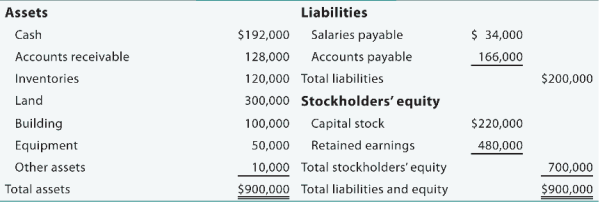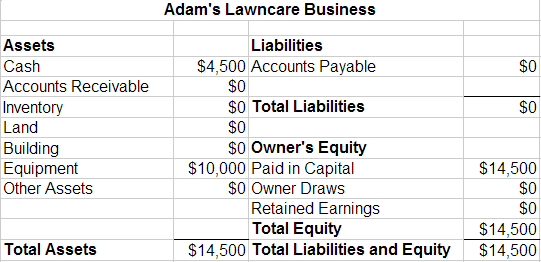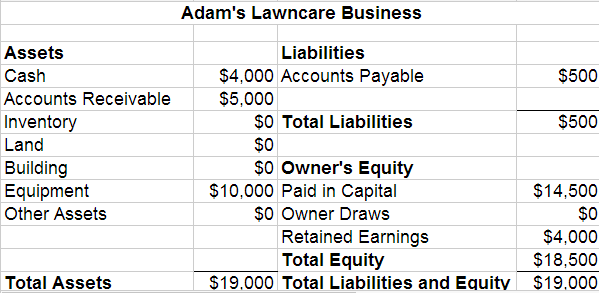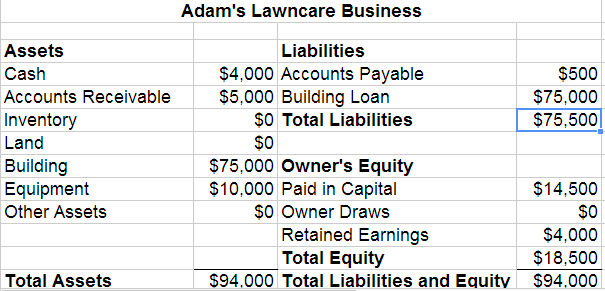Generally, banks require loan applicants to create a set of financial projections, and although this is probably wise for you to do, it may not always be required. If you are applying for an SBA loan, the SBA recommends the following financial forecast guidelines:
“Provide a projection of future operations for at least one year or until positive cash flow can be shown. Include earnings, expenses, and reasoning for these estimates. The projections should be in profit and loss format.”
Although some banks may require a full set of 3 year projections including a cash flow, balance sheet, and profit and loss, there are many situations where this may not be necessary. Here are 3 examples of loan requests that may not require complete forecasts for the entire business.
1. Efficiency Savings Greater Than Loan Payment – This is a common loan request situation that may not require you to develop a full set of financial projections because the math is obvious. For example, let’s say you drive your work vehicle 150 miles per day on average, and you get 15 miles per gallon. So you purchase 10 gallons of fuel per day at $4 per gallon for 20 work days each month. That means you spend $800 a month in fuel. Let’s say you can get a used car for $10,000 that will get 30 miles per gallon. Now you will spend half as much on fuel which is a savings of $400 per month. If you do a 3 year loan at 7% for the vehicle you will pay about $300 a month for your loan payment. This situation may not require a full set of financial projections for the business because the finances are clear, you will save $100 bucks a month.
2. Signed Contract With Adequate Profit Margin – Another common situation, you get a signed contract for 1,000 units of your product. Let’s say you make $100 profit on each unit, but you need a $50,000 loan in order to produce the products for the order. The bank may be willing to look at this particular order and the $100,000 in profit that you should make based on your profit margin, and lend the $50k without requiring a deeper, long term look at your financial projections.
3. Expanded Capacity With Collateral – Another possible situation might be if you own a trucking company and you need a larger trailer to expand the amount you can transport. This will allow you to increase revenue per each delivery, and will allow you to bid on larger jobs. The bank may be willing to make the loan simply based on the increased potential for sales, and the fact that in the worst case scenario if you can’t make the payment they bank will collect on the collateral and be able to re-sell the trailer. This only works for collateral that will hold its value well like a semi truck trailer.
The point here is not to suggest that you shouldn’t create financial projections for your business because it is a great planning tool, and important to do for the success of your business, BUT sometimes banks won’t actually require you to go through this exercise as part of the loan application.
 The process of calculating the breakeven point for your startup is really quite simple in theory. The problem is that it is hard to predict for most businesses because the process requires you to make a number of assumptions. If these assumptions are wrong, your breakeven point could change drastically. This can cause a series of problems like a cash shortage, which will then cause you to either invest more of your personal money, find new investors, or secure a loan, all of which can be quite painful. Now let me explain how to calculate your breakeven point.
The process of calculating the breakeven point for your startup is really quite simple in theory. The problem is that it is hard to predict for most businesses because the process requires you to make a number of assumptions. If these assumptions are wrong, your breakeven point could change drastically. This can cause a series of problems like a cash shortage, which will then cause you to either invest more of your personal money, find new investors, or secure a loan, all of which can be quite painful. Now let me explain how to calculate your breakeven point.





 A few weeks ago we released our updated version of
A few weeks ago we released our updated version of  This is a common question for many early stage businesses looking to secure a loan or investment for the first time. Of course there are differing opinions on this topic but I believe the answer is either 1 or 3 years depending on your situation. Le me give you some scenarios for each option.
This is a common question for many early stage businesses looking to secure a loan or investment for the first time. Of course there are differing opinions on this topic but I believe the answer is either 1 or 3 years depending on your situation. Le me give you some scenarios for each option.